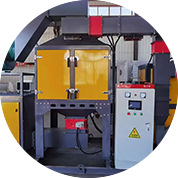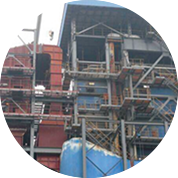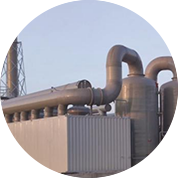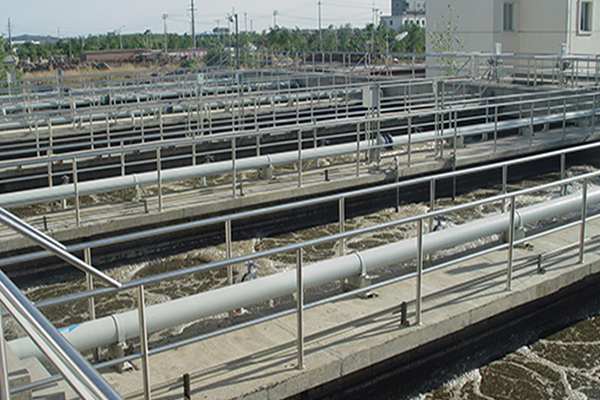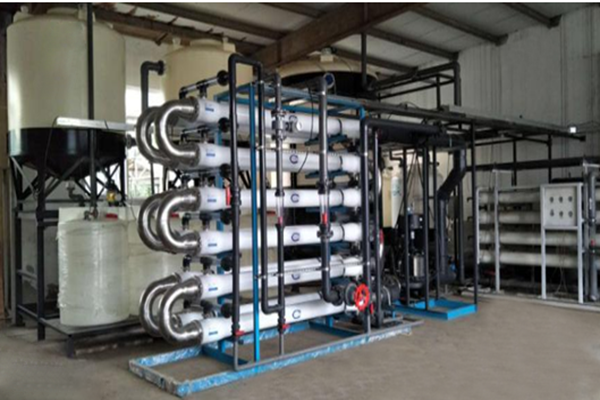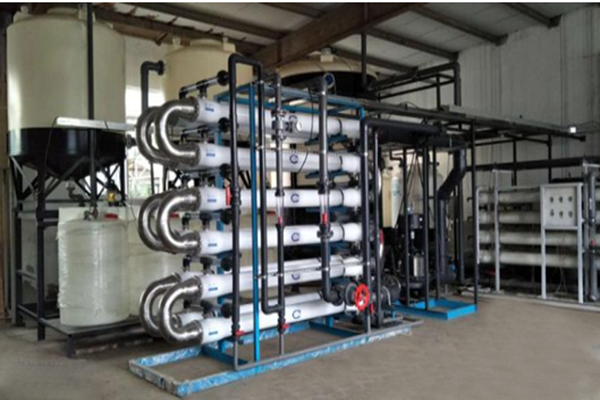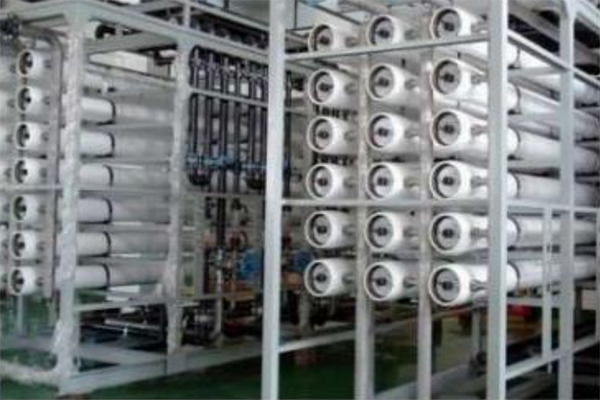
Welcome to Ruiming Environment!
News
 Hotline
Hotline
The secret of slaughterhouse wastewater treatment process: Environmental protection and controversial black technology?
The secret of slaughterhouse wastewater treatment process: Environmental protection and controversial black technology?
As a key link in the meat industry chain, slaughterhouses produce complex waste water. If not properly treated, direct emissions will impose a heavy burden on the environment. Therefore, efficient and environmentally friendly wastewater treatment processes are essential for slaughterhouses.
Slaughtering wastewater contains many kinds of organic matter and impurities, and its water quality characteristics complicate the treatment process. Wastewater not only contains visible components such as grease and suspended matter, but also contains a large number of organic pollutants that are difficult to detect. If these pollutants are discharged directly without treatment, they will seriously pollute the surrounding environment.
In the treatment of slaughterhouse wastewater, pretreatment is an indispensable first step. By means of equipment such as grilles and grease traps, large suspended particles and grease in wastewater can be effectively removed, laying a solid foundation for subsequent biochemical treatment. Pretreatment not only reduces the burden of subsequent processing equipment, but also improves the overall processing efficiency.
Biochemical treatment is the core of slaughterhouse wastewater treatment. In this process, the degradation of microorganisms is used to convert organic matter in wastewater into harmless substances. According to different wastewater characteristics and treatment requirements, different biochemical treatment methods can be selected, such as activated sludge method, biofilm method, etc.
When local environmental protection departments have strict requirements for wastewater treatment and discharge, they should conduct in-depth treatment.
The advanced treatment of discharge wastewater should adopt the combination of biological treatment and physical and chemical treatment, such as biological aerated filter (BAF), biological activated carbon, coagulation precipitation, filtration, etc. The specific combination method and related process parameters should be determined by test. Reuse water should be mainly used in the project site, supplemented by outside the plant area.
When the reuse water is used for flushing the ground, flushing the toilet, flushing vehicles, greening, building construction and other purposes, the water quality should meet GB/T18920
- More > Where does the wastewater from chemical production end up after treatment? Is it drinkable?
- More > Sewage treatment technology knowledge
- More > The advantages of electroplating sewage treatment equipment
- More > Uncovering the black technology of ethanol waste gas treatment: a new chapter of green transformation
- More > Solar torch burning equipment: the perfect integration of environmental protection and efficiency
- More > Inclined tube sedimentation tank: The optimal solution for efficient water treatment?
- More > Where is the industrial pure water equipment?
- More > Whole-house deep water purification solution: dedicated to creating a healthy and comfortable home environment
- More > Reveal it! The price of 10 tons of water purification equipment starts from the bottom, is your budget enough?
- More > Analysis of the processing flow and working principle of MBR integrated equipment
- Previous:Rotary RTO: "Green engine" for exhaust gas treatment
- Next:How to determine whether the flocculant is excessive?
Tags for this article:Slaughterhouse wastewater, wastewater treatment equipment, sewage treatment equipment, slaughterhouse, water treatment
Shenzhen Ruiming Environmental Technology Co., Ltd.
-
 Phone:13823530689
Phone:13823530689 -
 E-mail:szrme_008@126.com
E-mail:szrme_008@126.com -
 Phone:0755-86208689
Phone:0755-86208689 -
 Address:Building 47, Xinwei Village, Xili Street, Nanshan District, Shenzhen
Address:Building 47, Xinwei Village, Xili Street, Nanshan District, Shenzhen Copyright © 2022 Building 47, Xinwei Village, Xili Street, Nanshan District, Shenzhen All Rights Reserved.
 Tik Tok
Tik Tok
 Public number
Public number
Hotline:13823530689

